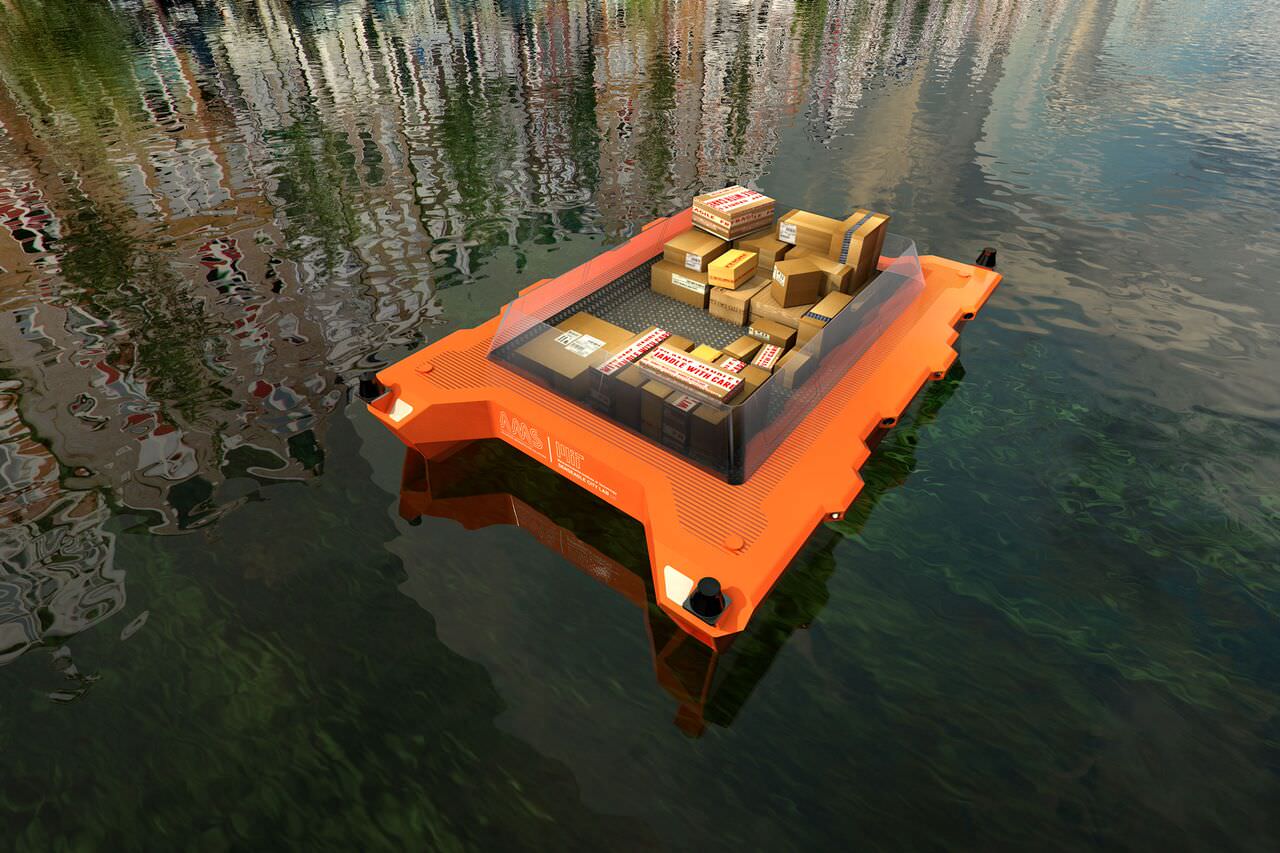Autonomous vehicles offer tantalizing possibilities for commuters, tourists, and the environment, but the technology is still so new, it’s hard to separate pipe dreams from hard realities. The only way to determine the real effect that self-driving cars will have on our urban (and rural) landscapes is to test them.
Cities around the globe are doing just that, and a new website backed by Bloomberg Philanthropies and the Aspen Institute aims to keep the rest of us informed about successes and failures.
A quick look at the projects underway shows that many are focused on improving transit–and rightly so. Self-driving cars promise to reduce traffic, connect neighborhoods, and improve air quality.
Those companies who haven’t moved to self-driving vehicles yet have made the decision to make use of software like Titanwinds TMS, for example. By using this sort of thing, companies can oversee their fleet of delivery trucks to ensure they’re all on-track and are progressing towards their destination. This can also help trucking companies to reduce traffic, as companies can make real-time strategic decisions for their fleet to take the best route possible.
Other cities are taking different approaches. For example, Amsterdam has already gone to great lengths to improve city transit, boosting the number of pedestrians and cyclists. Now, it’s using autonomous vehicles to carry freight via the city’s many canals, keeping delivery trucks off Amsterdam’s narrow streets and giving people even more reason to hoof it to their destination.
